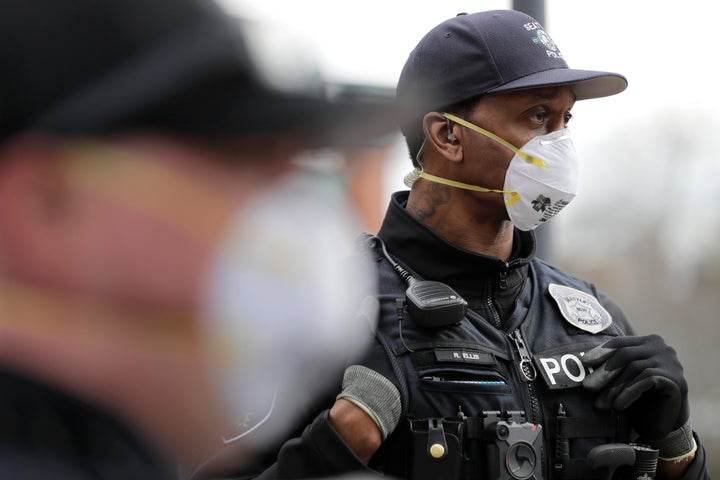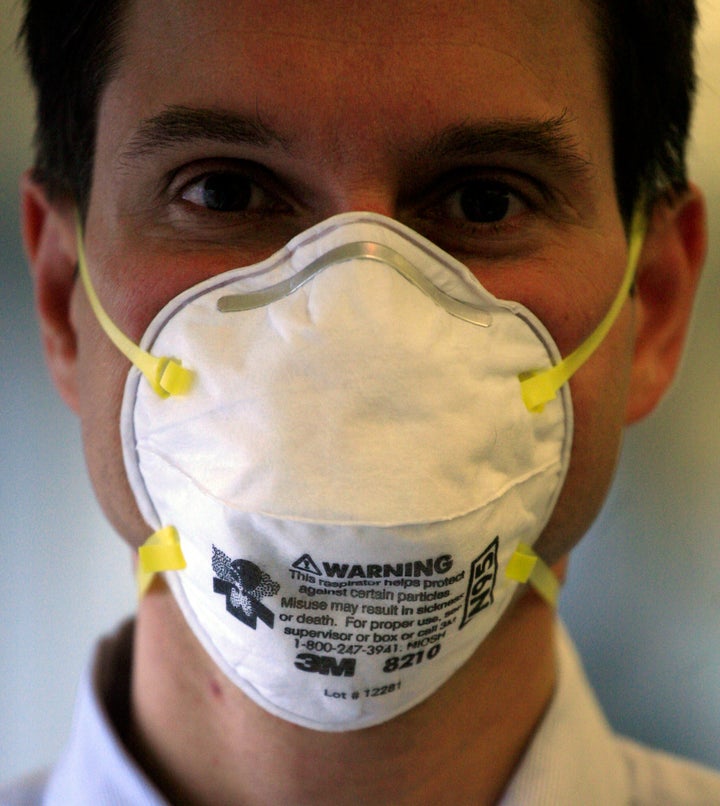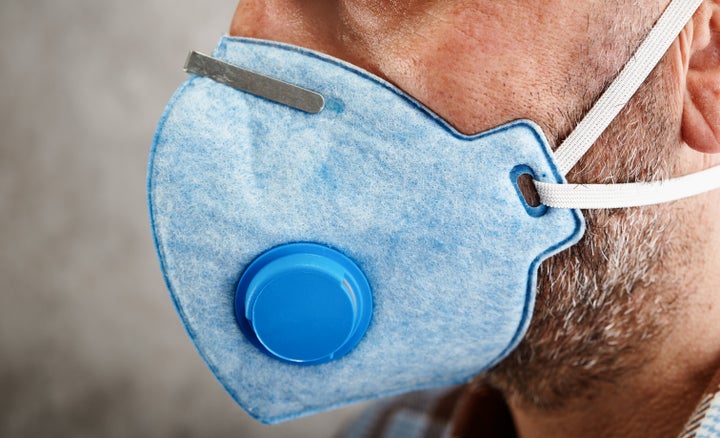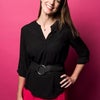As more Americans are required to wear masks during the ongoing coronavirus pandemic, authorities have warned that counterfeit N95 masks are flooding the market.
Over the last several weeks, there have been reports of hospitals and first responders in New Jersey, West Virginia, Missouri and elsewhere that purchased faulty face masks.
On Thursday, the Food and Drug Administration reduced the number of approved Chinese N95-style mask producers, because many masks imported from China did not meet U.S. safety standards, the Wall Street Journal reported.

But it’s not just counterfeit masks that are posing potential health risks. Masks with air valves are being banned in some cities because they are ineffective in protecting the wearer from infecting others around them.
Whether you’re a frontline medical worker or just wearing a mask when you take your dog for a walk, here’s how you can tell whether your mask is safe to wear — not just for you but for others.
What makes an N95 mask defective?
The masks posing the greatest concern here are N95 masks, also known as N95 Filtering Facepiece Respirators, which federal health agencies recommend that health care workers wear.
These popular masks have been certified by the National Institute for Occupational Safety and Health (NIOSH) to ensure that at least 95% of small airborne particles are filtered out. They are designed to have a close facial fit with a seal that forms around the nose and mouth. If worn properly, an N95 will exceed the level of protection provided by a surgical face mask. Defective masks offer lower levels of protection, either due to the material or the facial fit and application, according to the U.S. Food and Drug Administration.

How can I tell if my N95 mask is a counterfeit?
N95 masks made in the U.S. will have a NIOSH approval label either on or within the respirator’s packaging. With few exceptions, this label is not on the respirator itself, according to the Centers for Disease Control and Prevention.
NIOSH-approved respirators will also always have one the following designations: N95, N99, N100, R95, R99, R100, P95, P99 or P100.
Fakes will also sometimes have one or more of the following:
Ear loops instead of a headband
A missing testing and certification approval number on the mask’s exterior face, on the exhalation valve (if one exists), or on the head straps
No markings on the filtering face piece respirator
Misspellings, such as the NIOSH acronym
Decorations of any kind
Approval for children, since there are no NIOSH-approved respirators for children.

What about imported N95-style masks?
There are some respirators imported from other countries — including Australia, Brazil, Japan, South Korea and Mexico — that have been approved for use during the pandemic by NIOSH. Some approved mask producers are in China, but the CDC says China has also been the source of many counterfeit products. You can see the agency’s list of approved imported masks here.
What to do if you have a counterfeit mask?
Counterfeit N95 respirators can be reported to NIOSH, via PPEConcerns@cdc.gov, while all other counterfeit products can be reported to the Better Business Bureau.
Why are masks with valves an issue?
Masks featuring small air valves have been banned as coronavirus facial coverings by some cities, including San Francisco. They are also not advised for medical use by the CDC.
This is because these valves filter the air that is inhaled by the wearer, but not the air that is exhaled, which could harm others if the wearer is infected.

As one online seller describes the product: “The valve works by opening when you exhale and closing when you inhale.”
Though there are NIOSH-approved N95 masks with valves available for those in the medical community, federal health officials advise against wearing them when a sterile environment is necessary.
Why are valved masks available then?
Many of these masks are sold as a way to prevent the inhalation of toxins like dust, smoke and air pollution, since their specialty is filtering air that’s being inhaled.
Masks with exhalation valves may be more appealing to users because they reduce exhalation resistance, making it easier to breathe during use, which can help those with asthma. Some users also say the valves keep their faces cooler and reduce moisture buildup inside of the masks, according to the CDC. But this bit of comfort can come at a cost if you’re trying to prevent infecting others around you.
Want to learn more or how to make your own mask at home? Check out some more resources here.
- Stay up to date with our live blog as we cover the COVID-19 pandemic
- What happens if we end social distancing too soon?
- What you need to know about face masks right now
- Will there be a second stimulus check?
- Lost your job due to coronavirus? Here’s what you need to know.
- Why it takes so long to make a coronavirus vaccine
- Parenting during the coronavirus crisis?
- The HuffPost guide to working from home
- What coronavirus questions are on your mind right now? We want to help you find answers.
- Everyone deserves accurate information about COVID-19. Support journalism without a paywall — and keep it free for everyone — by becoming a HuffPost member today.

